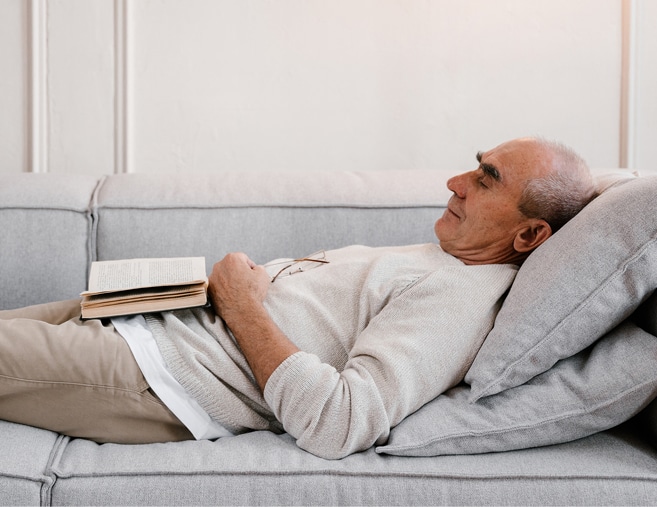Sleep apnea is a serious breathing disorder wherein a person repeatedly stops and starts breathing throughout the night. Sleep apnea can have very serious consequences. There are two main forms of sleep apnea – Central Sleep Apnea (CSA) and Obstructive Sleep Apnea (OSA). CSA occurs when the brain fails to send appropriate signals to the breathing muscles to stimulate a regular breathing pattern, while OSA results from a blockage of the upper airway.1
A large community-based study was conducted to test the prevalence of a particular form of CSA: CSA and cheyne-stokes respiration (CSR) using current clinical definitions.2 The study was unique in that it was conducted in a community setting instead of a controlled clinical environment. In a clinical setting, most patients who are selected already have certain predisposed conditions such as heart failure or stroke. On the other hand, a community based study may lead to a less biased determination of CSA associations and potentially the discovery of new associations.

Cheyne Stokes Respiration (CSR)
A cyclical pattern of breathing, mostly occurring in patients with heart failure, characterized by breathing that gets progressively deeper and faster and is followed by a gradual decrease in breathing which results in a temporary stop.
The Community-Based Study
The study was conducted from 1995 to 2006 and 5,804 men and women, aged above 40, participated. The current International Classification of Sleep Disorders requires people with CSA to have a central apneahypopnea index (AHI) of greater than or equal to 5, with the central apneas and hypopneas accounting for more than 50% of all the apneas and hypopneas.2
Apnea-hypopnea index (AHI)
The most common metric used to communicate sleep apnea severity with patients is the apnea-hypopnea index, or ahi. this is an average of the apnea (central + obstructive + mixed) and hypopnea events that occur during one hour of sleep. it is usually expressed as a number per hour; for example, 15 events/ hour.
The study defined the CSA group as those whose central apnea index was greater than 5. Those with cheyne-stokes respiration were also included in the CSA group. To compare people with CSA to those with OSA, the study defined people having OSA as those with a central apnea index (CAI) less than 5 but an AHI greater than 5. Also, individuals with an AHI less than 5 were classified as having no sleep-disordered breathing.
Central Apnea Index (CAI)
A central apnea index shows you how many central apnea events you have had per hour while asleep. to be classified as having csa, the cai should be five events or more per hour and 50% or more of all apneas should be central.
The Results
of the 5,804 participants:
48.8% had no sleep-disordered breathing (SDB)
47.6% had OSA
0.9% had CSA
People with CSA were found to be older (65 years) and predominantly male (90.9%) compared to those with OSA. People with CSA and OSA had higher blood pressures compared to those with no SDB. Even though the severity of SDB was highest in groups with CSA, sleepiness was highest in people with OSA.
Furthermore, people who had CSA “were more likely to have a self-reported history of cardiovascular diseases or cardiovascular procedure”.2 People with CSR reported having coronary artery bypass grafting and stroke. Atrial fibrillation was found more frequently in people with CSA and CSR. Also, people with CSA and CSR were more likely to be treated with medication used for coronary artery disease. Finally, despite the fact that individuals with CSA or CSR were more likely to have heart failure, those with self-reported heart failure in this sample had predominantly OSA.
Conclusion
Because prevalence of CSA and CSR is lower than that of OSA, knowledge and awareness of CSA remains somewhat limited. Thus, the chances of a misdiagnosis of CSA remains quite high. It is an important reminder to have a sleep study if sleep apnea is suspected and stay in touch with your medical team to make sure you remain on the right path.




